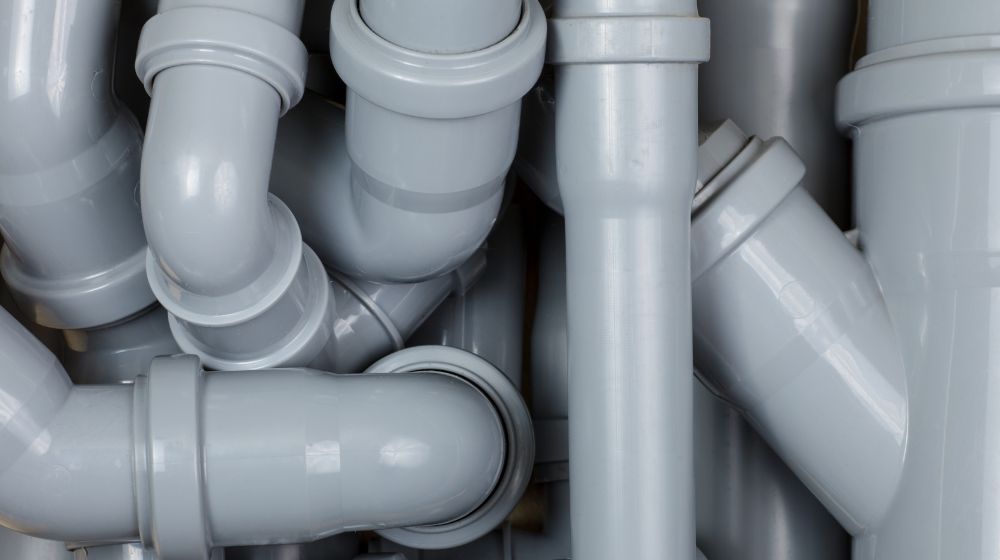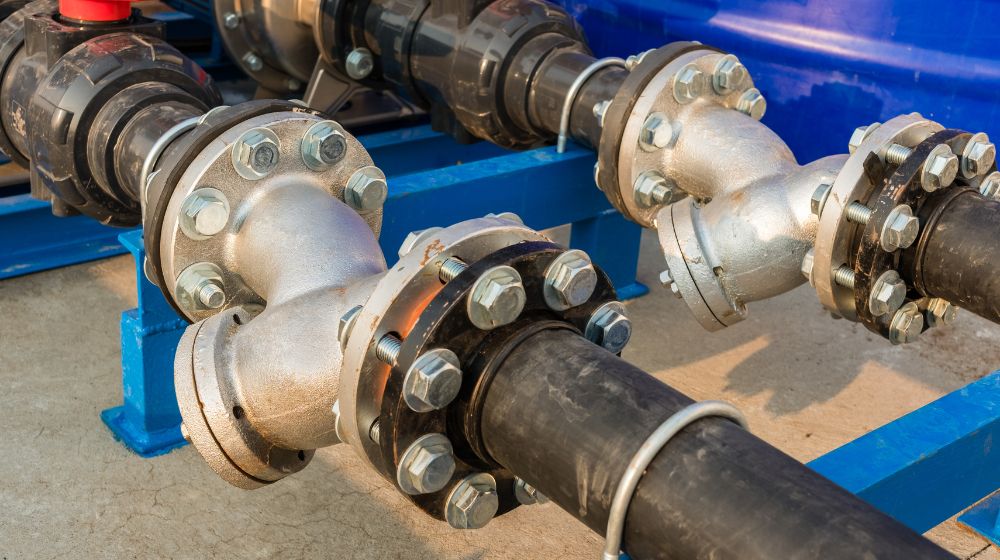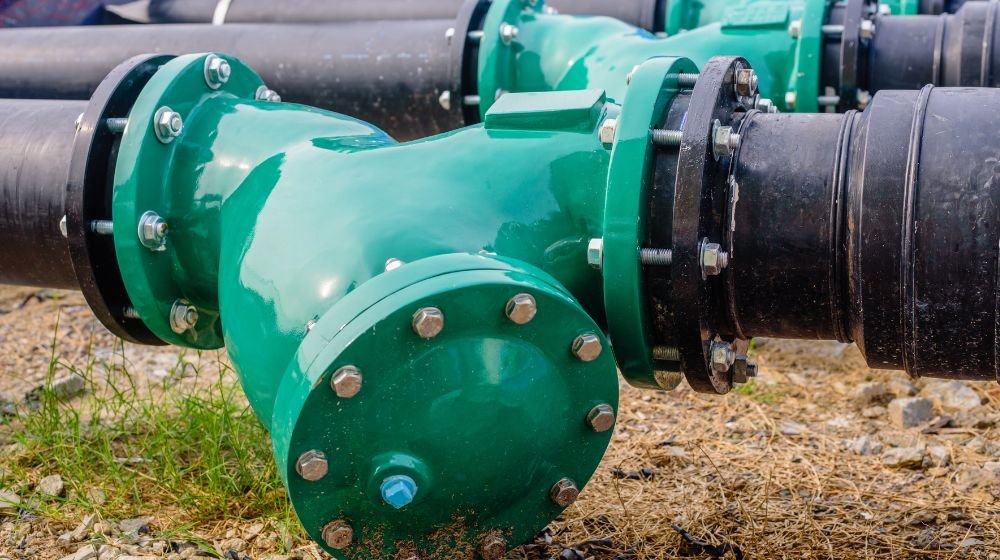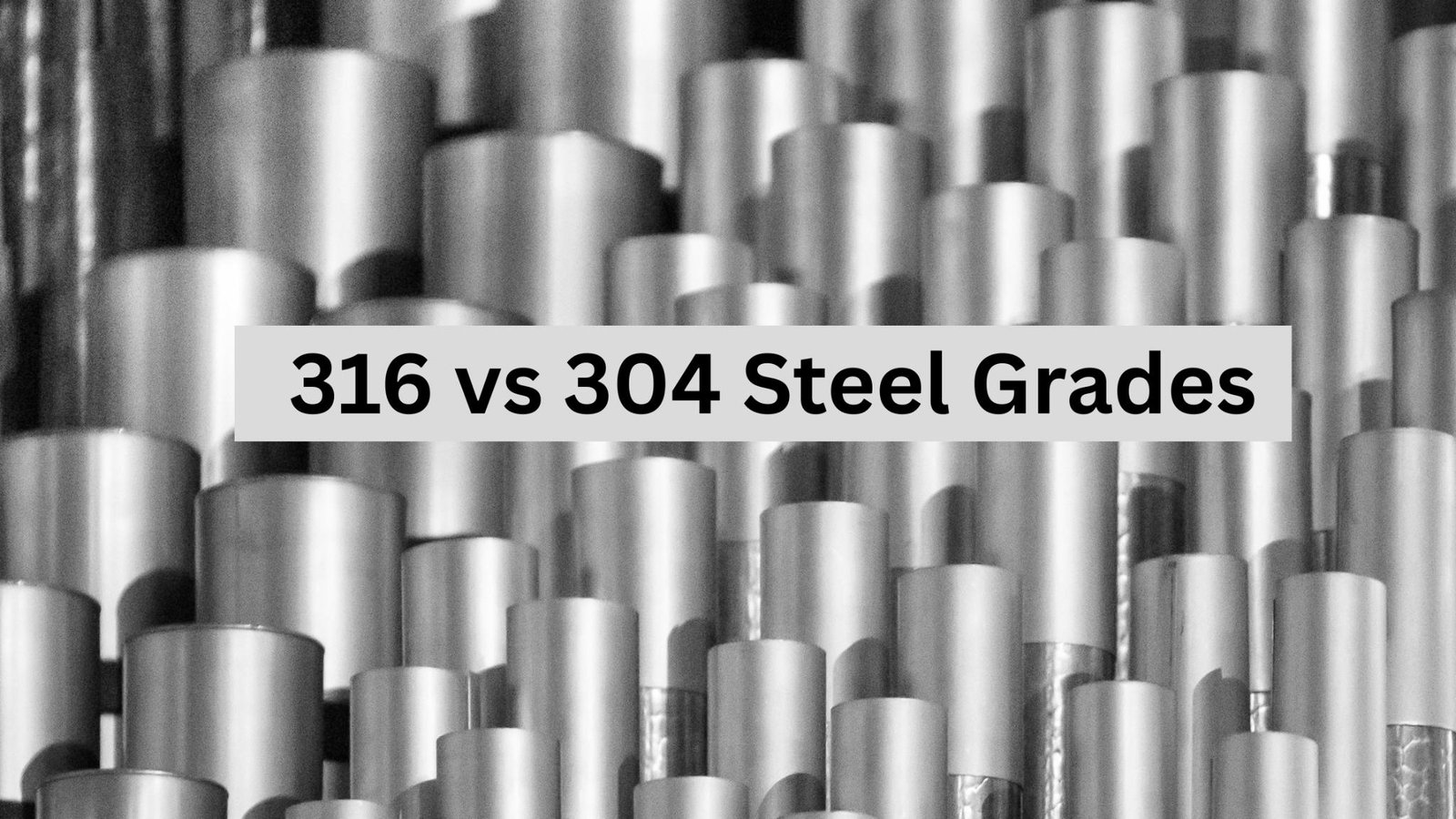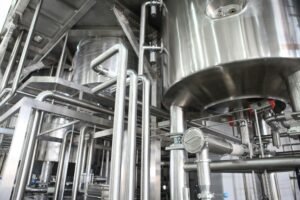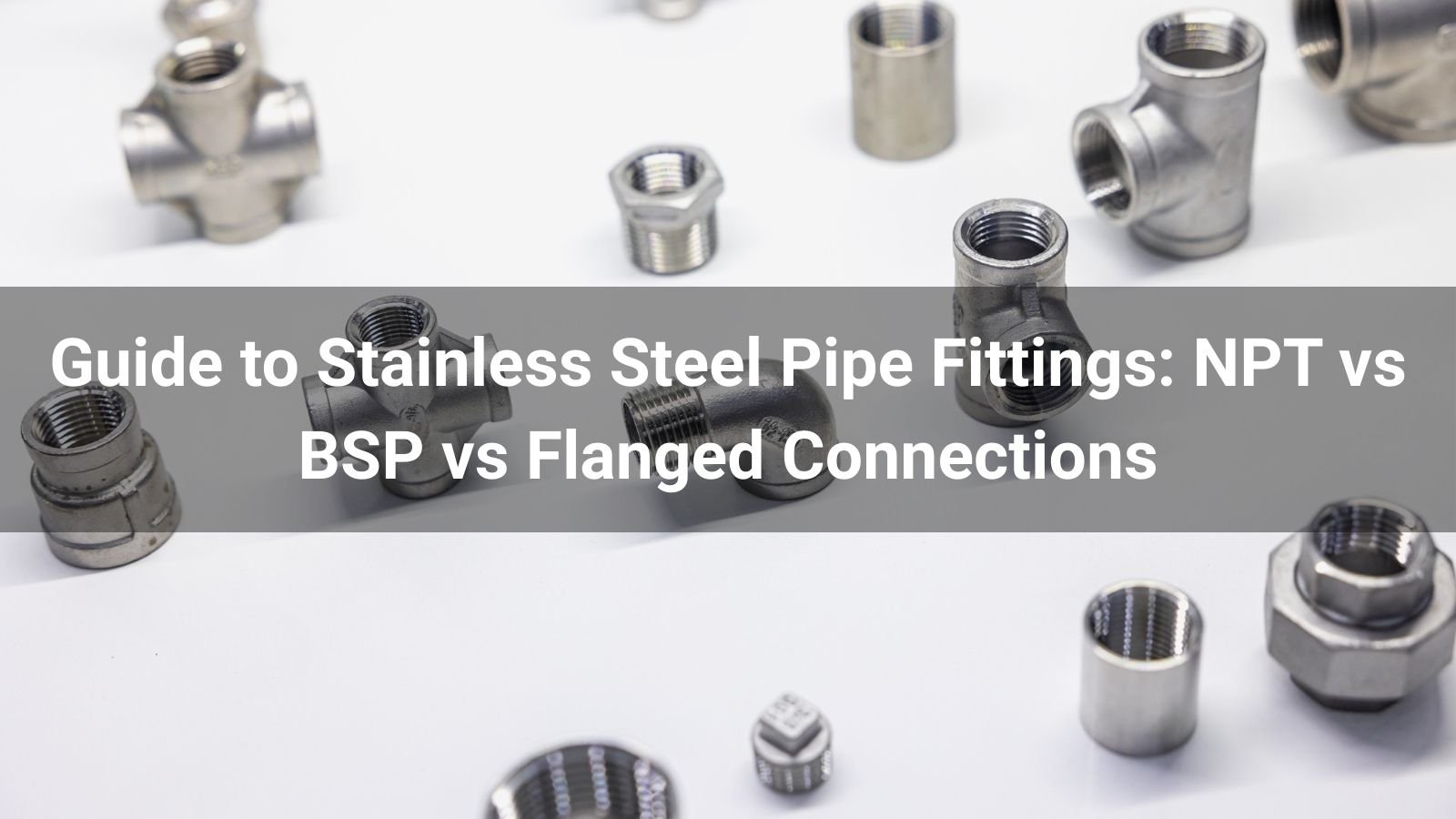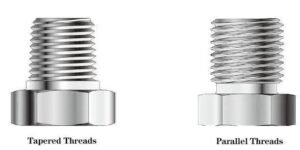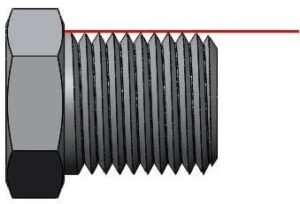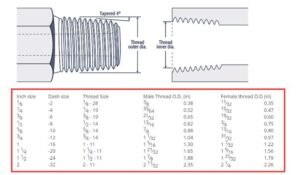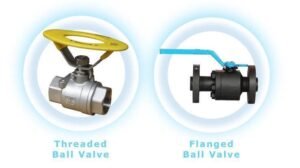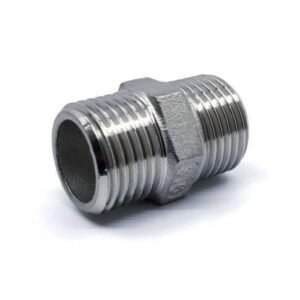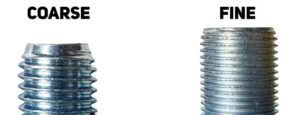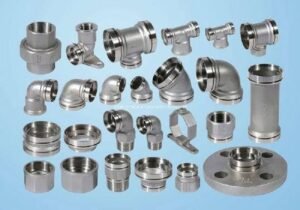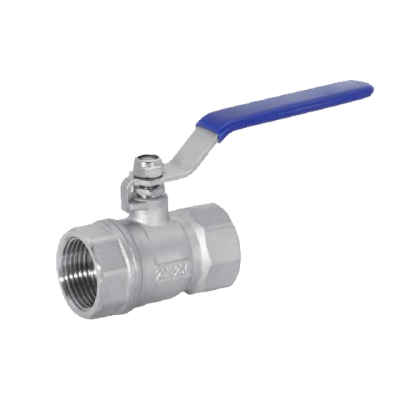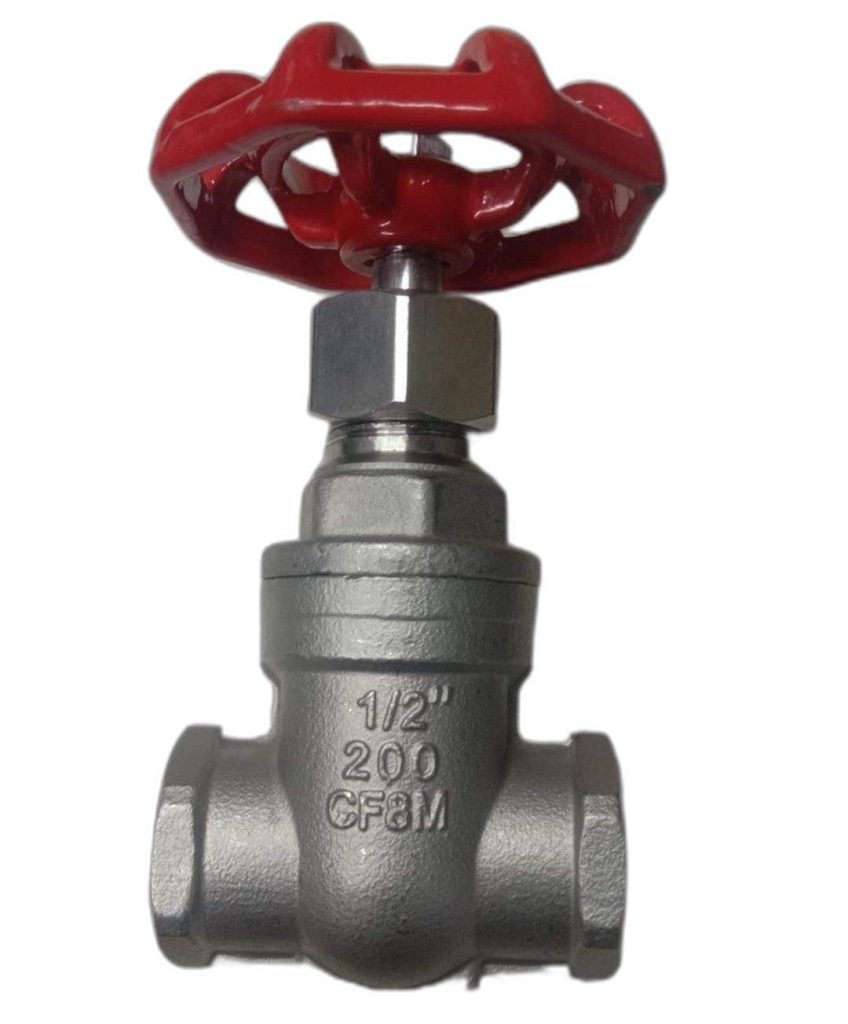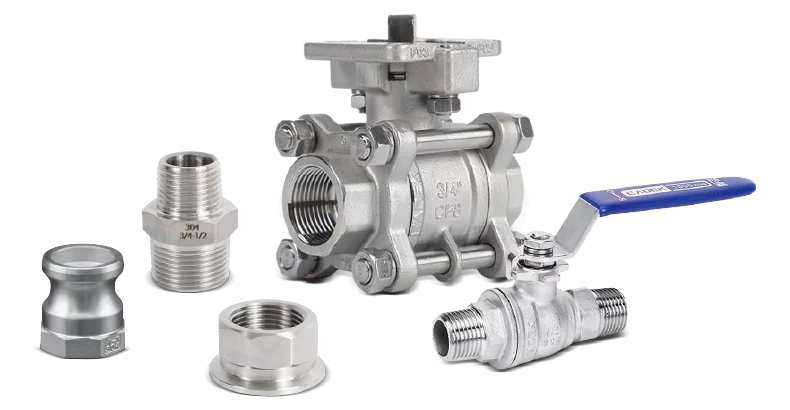Stainless steel pipe fitting types have high demand because they offer excellent connectivity, are durable, and corrosion-resistant. The material makes ideal metal-made pipe fittings for use in harsh environments. Due to its properties, there is growing use of stainless steel pipe fittings in industrial systems like oil & gas, food and beverage processing, and chemical.
Choosing stainless steel pipe fittings requires consideration of standards, size, connection method, and medium compatibility to ensure safety and efficiency. This guide will help you select stainless steel pipe fittings for the chemical industry.
Carry on reading to learn more about stainless steel. In our guide, you will also learn about stainless steel fitting types, specifications, dimensions, and sizes, as well as joining methods.
What Are Stainless Steel Pipe Fittings?
Stainless steel pipe fittings are essential components in fluid or gas transport systems. There are several classes and categories of steel pipe fitting types. They serve different roles during the setup and working life of any piping system. The main ones are:
- Interconnecting pipes
- Controlling output volumes
- توجيه التدفق
- تنظيم الضغط
- Shutting or opening the flow
The use of stainless steel pipe fittings in food processing, oil & gas, and chemical industries is due to the material’s corrosion resistance and ease of cleaning. Stainless steel alloys also make pipes and pipe fittings that have high pressure and temperature tolerance.
Pipe fittings made of stainless steel come in differentiated grades to suit specific applications. An example is grade 316 stainless steel fittings that can withstand pressure up to 6,000 psi and temperatures between -50 °C and 815 °C. They are suitable for use in marine, chemical, and pharmaceutical industries.
Standards & Specifications of Stainless Steel Pipe Fittings
There are various stainless steel pipe fittings standards as well as stainless steel pipe specifications. The stainless steel pipe fittings standards guide suppliers in material quality, manufacturing processes, and practices. Stainless pipe fitting specifications regulate dimensions and structural design of each specific type of fitting per grade.
Here are some standards and specifications of stainless steel pipe fittings used in manufacturing:
- ASME B16.11: Specifies wall thickness requirements and dimensions for ½”–4″ NPS forged fittings (buttwelding fittings).
- ASTM A182: Gives the standards for stainless steel pipe fittings for high-temperature services, including Class 3000 NPT and socket welding.
- ASTM A403: Specifies stainless pipe butt welding fittings requirements and dimensions
- ISO 9001: Guides on BSP threaded fittings dimensions
Standards and specifications of stainless steel pipe fittings exist due to the purpose they serve in any piping system. The reasons why standardization is critical for stainless steel pipe fittings are:
Ensure Safety
There are different grades of stainless steel pipe fittings. Their main differences are the capability to tolerate pressure, temperature, corrosion, and chemical reactions. Depending on the nature of the medium, you need a specific grade.
The system operating pressure also determines the standard of stainless steel pipe fitting to use. Using poor standards can lead to leakages, which can cause accidents and financial loss.
Ease of Compatibility
There are many stainless steel pipe fitting manufacturers. Generalized specifications allow compatibility of system parts from different manufacturers. They also enable the use of standardized tools during assembly and maintenance. Specifications define sizes, shapes, and connectivity.
Guide in Procurement
Steel pipe fittings chart guides engineers, contractors, and plumbers when making procurement decisions. You can use the chart to determine the right choice of stainless steel pipe fitting product against its specifications.
Understanding Dimensions & Sizing of Stainless Pipe Fittings
The most commonly used stainless steel pipe fitting dimensions and sizes are the Nominal Pipe Sizes (NPS). NPS sizes correspond to DN sizing used in metric. The sizes define the outside diameter (OD) and internal diameter (ID) of a fitting.
Sample stainless steel pipe fitting dimensions chart.
| Internal Diameter |
Outside Dimeter
(mm) |
| NPS sizes
(inches) |
DN Sizes
(mm) |
| ½ |
15 |
21.3 |
| ¾ |
20 |
26.7 |
| 1 |
25 |
33.4 |
| 1 ¼ |
32 |
42.2 |
| 1 ½ |
40 |
48.3 |
| 2 |
50 |
60.3 |
| 2 ½ |
65 |
73.0 |
| 3 |
80 |
88.9 |
| 3 ½ |
90 |
101.6 |
| 4 |
100 |
114.3 |
| 5 |
125 |
141.3 |
| 6 |
150 |
168.3 |
Although 1″, 2″, and 3″ dimensions have additional 1/4 “or ½” dimensions, the former are the more common. Specifically, 1-inch and 2-inch stainless steel pipe fittings have applications across most piping systems.
Types of Stainless Steel Pipe Fittings
هناك العديد من types of stainless steel pipe fittings. Understanding the various steel pipe fitting types is crucial for deciding on the correct component for a specific use.
- Elbows are for changing pipeline directions, available in 450, 900, and 1800-degree angles.

- Tees: Allow merging and dividing flow using three pipes forming a T connection.

- Crosses: interconnect four pipes, either to distribute in three directions or to merge and deliver to a single destination.

- Unions consist of two parts with a simple disconnection, which helps smooth system maintenance and repair.

- Couplings: They allow for simple hands-free connectivity to irregular and temporary diversions from the central system.
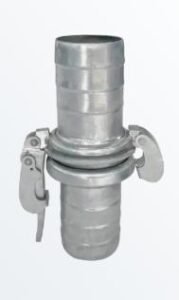
- Nipples: You can use them for joining pipes or interconnecting other pipe fittings like valves.

- Caps: They seal a pipe’s end to prevent flow beyond that point.

- Reducers: Interconnect pipes of different shapes and diameters. Reducers downsize from 3″ to 1.5″ in closed-loop systems.

- Bends are ideal for maintaining the pressure rating of stainless steel pipe fittings during directional changes in high-pressure piping systems. Bends help reduce pressure loss resulting from a sharp direction flow change.

Joining Methods for Stainless Steel Pipes
Stainless steel pipe joining methods vary depending on the diameter, grade, and purpose of the system. Here is a more detailed breakdown on how to connect stainless steel pipe.
Welding
It is the most common method of joining stainless steel pipes. Welding creates a permanent, long-lasting joint that is strong, durable, and leak-proof. It is the ideal stainless steel piping joining method for high-pressure and high-temperature stainless steel pipe fittings.
Stainless steel pipe fitting standards & specifications in the food sector protect our health. Welding in a food-grade system favours welds with Ra<0.8μm. For sanitary applications, use 316L fittings with orbital welds.
Stainless steel pipe fittings welding methods for industrial applications include:
- Tungsten Inert Gas (TIG) welding: Suitable for thinner materials and provides a clean finish

- Metal Inert Gas (MIG) weldingis the best method for joining stainless steel pipes with thicker fittings and large diameters.
Other methods of joining stainless steel pipe fittings
Threaded Fittings
It is the ideal method of joining stainless steel pipe fittings in a system that may require disassembly and re-assembly. They are helpful during maintenance and repairs, or adding extensions.
Compression Joints

It uses a collar over the two connecting ends that compresses the ends to create a seal—poor quality results in leakages, even in low-pressure systems.
Flanged Connections

The design uses a ring of steel on the connecting end, either forged, cut from plate, or rolled. Flanges use bolting, welding, or threading to create a leak-proof joint. Their everyday use is joining pipes to valves, tanks, and other integral flanged assemblies.
Compatibility with Other Materials
Copper, brass, and PVC are other standard materials for pipe fittings. So, can you mix stainless steel with different material fittings? Yes, using specifically designed adaptors. However, the material and medium nature may impose restrictions.
Joining two metals initiates electrochemical corrosion due to the presence of electrolytes. The solution is to separate the connecting point. Welding, which uses heat, increases galvanic corrosion between the pipe fittings.
The good thing is that chemical corrosion between stainless steel and copper is very low, but still present. In marine applications, avoid mixing brass and 316 stainless steel in salty water systems.
How to Connect Stainless Steel Pipe to Copper Pipe
So, can you use stainless steel fittings on copper tubing? Yes, using a dielectric union. They are specialized fittings for joining pipes of different materials. A dielectric union has an insulating material that prevents direct contact between two different metals. They help mitigate against galvanic corrosion action.
Step-by-step guide on how to connect stainless steel pipe to a copper pipe using a dielectric union.

- Gather necessary tools and materials
Before starting, ensure you have the following tools and materials.
- The right size of stainless steel dielectric union
- A suitable Pipe wrench
- Telfon tape
- Pipe cutter or saw
- Deburring tool
- Prep the pipes
You need to shut off the medium flow when working with a functional system. Also, ensure you cut your pipes to the desired length and debur them if necessary.
- Installing a dielectric union
Wrap the tape around the threaded ends to create a tighter seal and prevent leaks.
Screw the threaded end of your dielectric union on the pipe. Do not overtighten to avoid damaging the union threads.
Repeat the process for the other pipe, then slide over the union gasket and tighten it to complete the joint.
- Test for leaks
Turn on the flow to test for leakage. If there is a leak, turn off the flow and adjust the union as needed.
Common Sizes and Industrial Use Cases of Stainless Steel Pipe Fittings
Stainless steel pipe fitting sizes follow the exact standard diameter sizing used in plumbing. NPS Sizes range from ½ to 8 inches. Metric sizes from DN15 to DN150. There are also fractional sizes of 1/2″, 3/4″, and 1″ for application in plumbing and equipment manufacturing.
Use of ½ inch to 2-inch sizes is common in domestic and agricultural plumbing. The sizes are also standard in industrial applications. You can find as small as ½ inch elbows in breweries, and as large as 4-inch reducers in chemical industries.
Large-dimension stainless steel, such as 6-inch steel pipe fittings, is used in large-scale operations. Marine and oil industries’ delivery systems are another example that uses large-dimension stainless steel fittings. They are also applicable in water treatment plants, hydro-power generation, and municipal central supply systems.
Where to Buy Stainless Steel Pipe Fittings
Are you looking for where to buy stainless steel pipe fittings?
You can source stainless steel pipe fittings locally or online. A local supplier may not offer some grades and sizes, but they may have an on-the-ground technician who can help you with installation at cheaper rates. Online sourcing may provide you with more variety and advanced features.
However, when deciding where to get stainless steel pipe fittings, you need to consider the following tips.
- Request a mill test certificate
- Verify that the necessary certifications include ISO 9001 and others
- Use suppliers with internal quality audits
- Check on customers and professional reviews
An example of a leading stainless steel pipe fitting supplier is Procamlock, which also produces stainless steel pipe couplings. Procamlock offers a wide selection of ASME- and ISO-certified stainless steel fittings suitable for harsh industrial environments.
الخاتمة
Choosing stainless steel pipe fittings for industrial applications depends on type, size, material, and joining method. Different media use varying material grades.
Each fitting type serves a specific function within a piping system and comes in different sizes. You should also consider joining methods that are either permanent or easy to disassemble and reassemble for connections.
Before selecting a stainless steel pipe fitting product, validate the pressure and temperature ratings to ensure they meet your needs. If you need expert help, feel free to اتصل بنا for more information on different stainless steel pipe fittings for industrial use.
قسم الأسئلة الشائعة
- How to choose stainless steel pipe fittings for chemical industry applications?
You need to choose the right grade of stainless steel depending on its resistance to corrosion and chemical reaction.
- What types of stainless steel fittings are best for high-pressure systems?
Most types of stainless steel fittings can withstand high-pressure systems.
- Are 316 stainless steel fittings suitable for food processing?
304 stainless steel is the most common in food processing. 316 offers enhanced corrosion resistance against chlorides and acidic environments, such as those found in marine, chemical, and pharmaceutical industries.
- Can stainless steel pipe fittings be used for natural gas systems?
Yes. Natural gas has minimal reaction with stainless steel pipe fittings.
- What’s the pressure rating for 1″ and 2″ stainless steel pipe fittings?
Pressure rating for 1″ and 2″ stainless steel fittings depends on the material grade and manufacturing process.
- How to connect stainless steel to copper without causing corrosion?
The best way to connect stainless steel to copper without causing corrosion is by using a dielectric union.
- What are the differences between stainless steel and brass fittings?
The main differences are corrosion, pressure, and temperature resistance. They also differ in colour.
- How do you identify ASME-compliant stainless steel fittings?
You can request certificate verification and utilize a stainless steel pipe fitting chart to verify dimensions.
- What size stainless steel pipe fitting do I need for HVAC applications?
It depends on the size of the HVAC system.
- Where can I buy ISO-certified stainless steel fittings online?
Look for ISO-certified stainless steel fittings suppliers, then verify their certification in the ISO database.
المراجع
https://www.procamlock.com/products/pipe-fittings/metal/
https://www.procamlock.com/
https://www.procamlock.com/the-role-of-stainless-steel-pipe-fittings-in-food-and-beverage-processing/
https://www.procamlock.com/how-to-install-stainless-steel-pipe-fittings-for-leak-free-performance/
https://www.procamlock.com/products/camlock-couplings/stainless-steel/
https://www.asme.org/codes-standards/find-codes-standards/b16-11-forged-fittings-socket-welding-threaded
https://www.solitaire-overseas.com/blog/the-ultimate-guide-to-stainless-steel-fittings/
